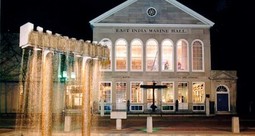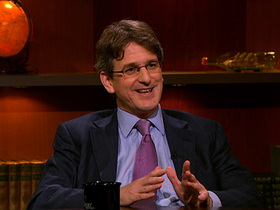This may sound harsh, and I don’t mean it to be, but one has to wonder what the city fathers and mothers of Claremont, Ca. were thinking when they decided to open the Claremont Museum of Art a few years ago.
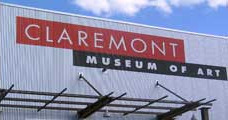 That museum, we now know, is about to close for lack of funding.
That museum, we now know, is about to close for lack of funding.
Claremont has a population of about 38,000 and is 13.4 square miles in area. It describes itself, on its own website, as 30 miles east of downtown Los Angeles — which has a number of museums, as we know. Did Claremont really think it needed its own?
If so, it actually has its own: Claremont is home to the seven Claremont colleges, which happen to include the Pomona College Museum of Art, the Ruth Chandler Williamson Gallery and the Clark Humanities Museum.
In mid-November, the Los Angeles Times reported that “the museum recently laid off its full-time staff after three expected donations failed to materialize, but the galleries have remained open,” and that the city had given the Claremont Museum of Art a grant of $18,879 to stay open through this month.
Here’s another account of the museum’s status.
Recently, at a lecture in Las Vegas, Cincinnati Art Museum director Aaron Betsky was reported to have said “It is ridiculous that a city as large as this does not have a public art institution…”
In Claremont’s case, I would turn that around: It was foolhardy for Claremont, so close to major museums, with college museums within its boundaries, to spend money on a new museum.
It’s no secret that the museum infrastructure in the U.S. is overbuilt — though some of the museums are in the wrong place, given population shifts. But building museums because we can — see a 2007 article of mine in Art & Auction — isn’t the solution.

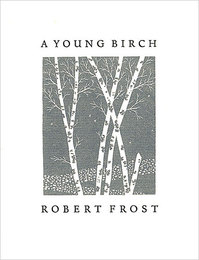
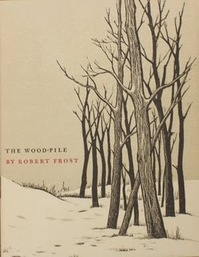 Christmas cards in 1929 as a holiday greeting for
Christmas cards in 1929 as a holiday greeting for 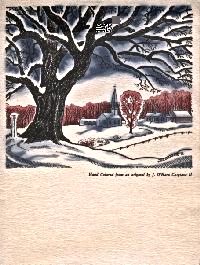 of Maryland, it turns out, owns a comprehensive collection of books by and about Robert Frost, including “boxed sets of custom Christmas cards and pamphlets designed and annotated by Frost.”
of Maryland, it turns out, owns a comprehensive collection of books by and about Robert Frost, including “boxed sets of custom Christmas cards and pamphlets designed and annotated by Frost.”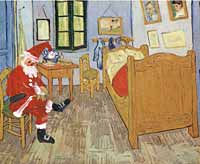 Artists send Christmas cards, too. Maybe some readers of Real Clear Arts have been lucky enough to receive them.
Artists send Christmas cards, too. Maybe some readers of Real Clear Arts have been lucky enough to receive them. 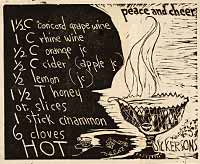 Called
Called  sent in 1959 (to printmaker Prentiss Taylor); and by Noche Crist, c. 1962 (also to Prentiss Taylor).
sent in 1959 (to printmaker Prentiss Taylor); and by Noche Crist, c. 1962 (also to Prentiss Taylor). 